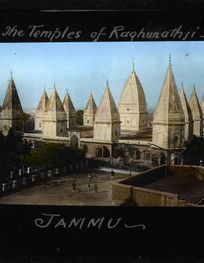
Jammu: The Winter Capital of Enchantment
Discover Jammu, India’s winter capital, where ancient temples, scenic landscapes, and rich culture create an unforgettable travel experience.
Jammu, often known as the 'City of Temples,' is a fascinating blend of culture, history, and natural beauty. Nestled against the backdrop of the majestic Himalayas, Jammu offers tourists an experience steeped in spirituality and adventure. The city serves as the winter capital of the northernmost state of Jammu and Kashmir in India. Its historical significance is underscored by its ancient temples, forts, and palaces, which stand as a testament to its rich past. The Raghunath Temple, one of the largest temple complexes in North India, is a must-visit for its stunning architecture and spiritual ambiance. Another significant site is the Bahu Fort, which houses the revered Bawe Wali Mata Temple and provides panoramic views of the Tawi River and the city below. For those interested in flora and fauna, the Manda Zoo and the Bagh-e-Bahu Garden offer serene spaces to explore and relax. Beyond its historical and spiritual allure, Jammu is a gateway to the stunning landscapes of the Kashmir Valley. The city is well-connected to popular destinations like Patnitop and Vaishno Devi, attracting pilgrims and nature lovers alike. The local cuisine, featuring dishes like Rajma Chawal and Patisa, adds a flavorful dimension to the travel experience, making Jammu a compelling destination for diverse interests.
Local tips in Jammu
- Visit the Raghunath Temple early in the morning to avoid crowds.
- Wear comfortable shoes as you may need to walk a lot while exploring forts and temples.
- Try local delicacies like Rajma Chawal and Patisa from street vendors for an authentic taste.
- Carry a light jacket even in summer months as evenings can be cool.
- Hire a local guide to enrich your visit with historical and cultural insights.
Neighbourhoods in Jammu
Jammu: The Winter Capital of Enchantment
Jammu, often known as the 'City of Temples,' is a fascinating blend of culture, history, and natural beauty. Nestled against the backdrop of the majestic Himalayas, Jammu offers tourists an experience steeped in spirituality and adventure. The city serves as the winter capital of the northernmost state of Jammu and Kashmir in India. Its historical significance is underscored by its ancient temples, forts, and palaces, which stand as a testament to its rich past. The Raghunath Temple, one of the largest temple complexes in North India, is a must-visit for its stunning architecture and spiritual ambiance. Another significant site is the Bahu Fort, which houses the revered Bawe Wali Mata Temple and provides panoramic views of the Tawi River and the city below. For those interested in flora and fauna, the Manda Zoo and the Bagh-e-Bahu Garden offer serene spaces to explore and relax. Beyond its historical and spiritual allure, Jammu is a gateway to the stunning landscapes of the Kashmir Valley. The city is well-connected to popular destinations like Patnitop and Vaishno Devi, attracting pilgrims and nature lovers alike. The local cuisine, featuring dishes like Rajma Chawal and Patisa, adds a flavorful dimension to the travel experience, making Jammu a compelling destination for diverse interests.
When is the best time to go to Jammu?
Iconic landmarks you can’t miss
Jammu Airport
Discover the breathtaking beauty of Jammu and Kashmir with Jammu Airport, your gateway to adventure and cultural treasures in the Himalayas.
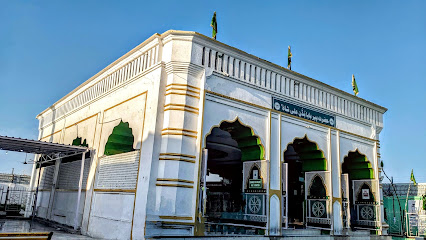
Manda Zoo Park
Discover Manda Zoo Park in Jammu, a captivating family-friendly zoo showcasing diverse wildlife in a beautiful park setting.
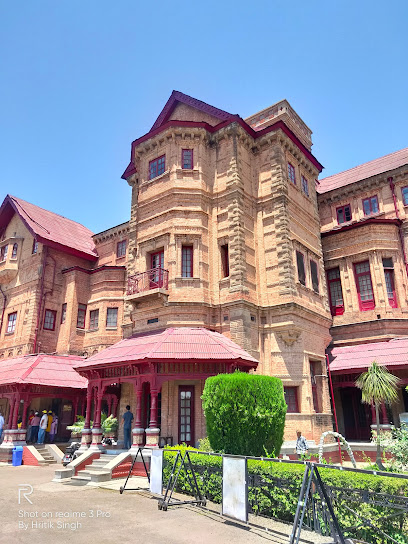
Khaana Khazana
Experience the best of North Indian and Asian cuisine at Khaana Khazana, a must-visit restaurant in Jammu for food lovers.

Akhnoor Fort
Experience the grandeur of Akhnoor Fort, a historical fortress in Jammu and Kashmir, rich in culture and breathtaking views.
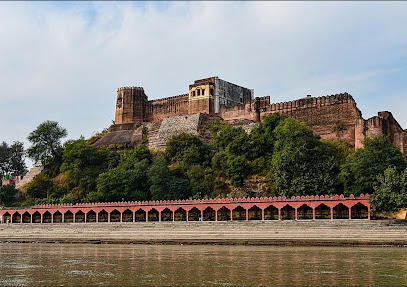
Rani Park, Jammu
Explore the serene beauty of Rani Park, a lush green oasis in Jammu, perfect for relaxation and cultural discovery.
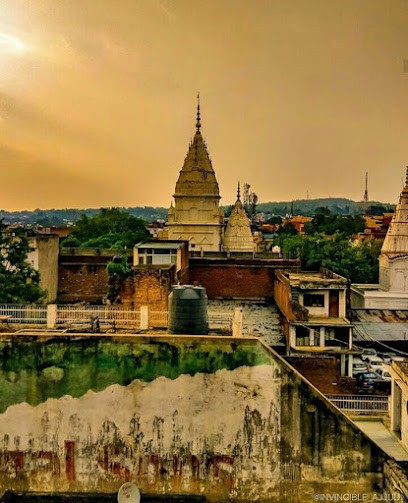
Govind Sharma
Explore the Govind Sharma Museum in Jammu for a deep dive into the region's rich heritage and captivating history through diverse exhibits.
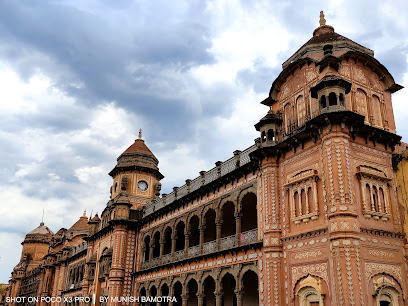
Maharaja Hari Singh Ji Park
Experience the serene beauty of Maharaja Hari Singh Ji Park, a tranquil retreat in Jammu with stunning views of Bahu Fort and lush landscapes.

Rajender Park
Discover the beauty and tranquility of Rajender Park, Jammu's urban oasis filled with lush greenery and cultural vibrancy.
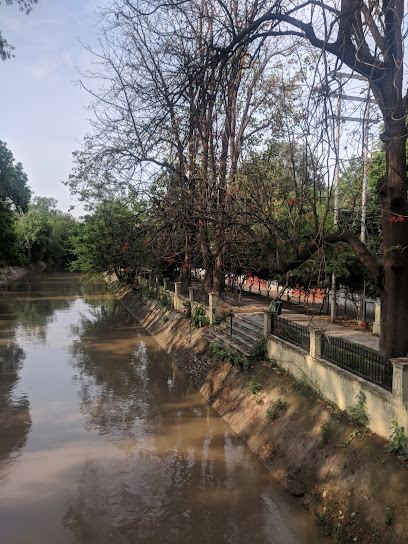
City Square
Explore the vibrant City Square in Jammu: a shopping haven filled with local art, delicious cuisine, and rich cultural experiences.
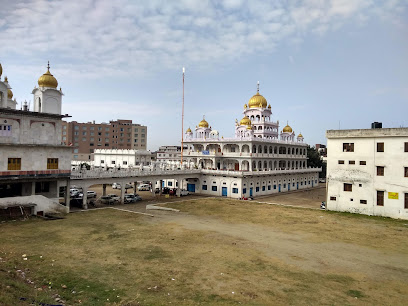
Bagh-E-Bahu
Explore the tranquil beauty of Bagh-E-Bahu in Jammu, where gardens, history, and breathtaking views of the Tawi River await every visitor.
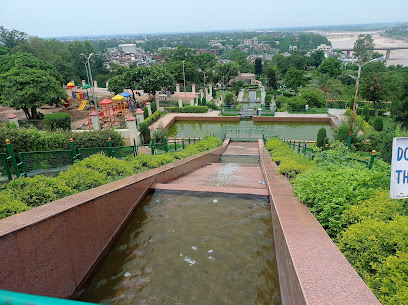
Shree Ranbireshwar Temple
Discover the spiritual beauty of Shree Ranbireshwar Temple in Jammu, a revered Hindu site that offers tranquility and rich cultural heritage.
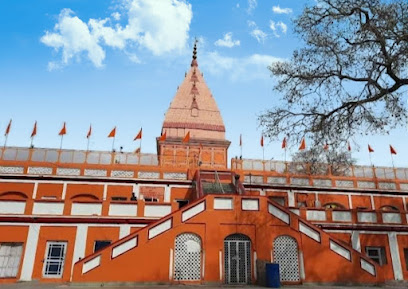
Press Club
Discover Jammu's nightlife at the Press Club, where tradition meets modern entertainment in a vibrant setting.
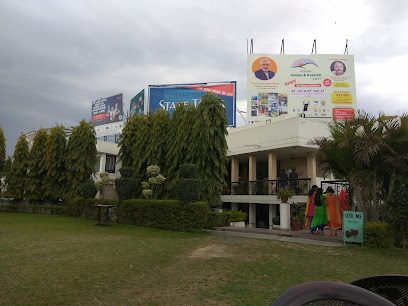
Amar Mahal Museum and Library
Discover the rich heritage of Jammu at Amar Mahal Museum and Library, a majestic palace showcasing art, history, and literature.
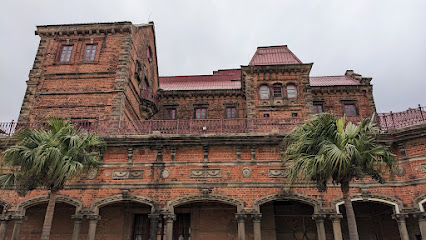
Raghunath Temple
Explore Raghunath Temple, a stunning Hindu temple in Jammu, known for its intricate architecture, rich traditions, and vibrant cultural atmosphere.
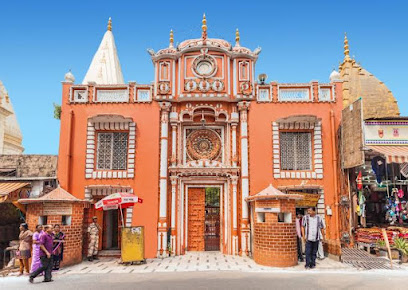
Bawe Wali Mata Mahakali Mandir
Experience the spiritual tranquility and stunning architecture of Bawe Wali Mata Mahakali Mandir in the heart of Jammu, a must-visit Hindu temple.
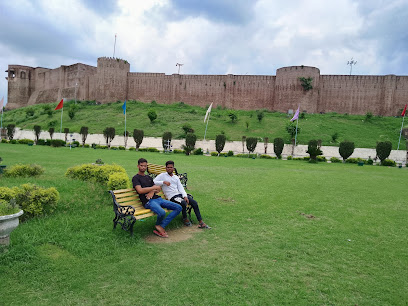
Unmissable attractions to see
Manda Zoo Park
Experience the beauty of wildlife and nature at Manda Zoo Park, a must-visit tourist attraction in Jammu for family fun and education.
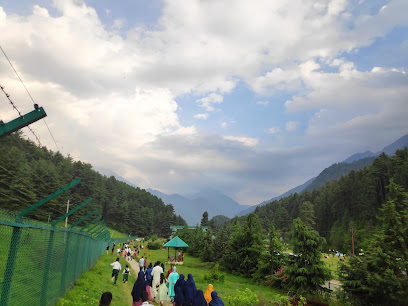
Rani Park, Jammu
Experience the serene beauty of Rani Park in Jammu, a perfect blend of nature, relaxation, and local culture.
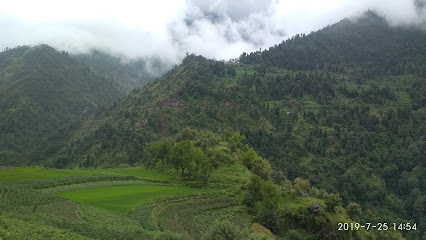
Govind Sharma
Explore the Govind Sharma Museum in Jammu, a cultural haven showcasing the rich heritage and artistry of Jammu and Kashmir.
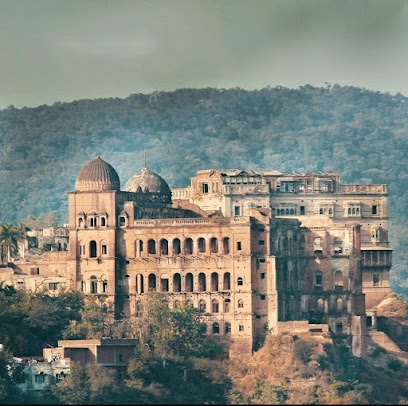
Maharaja Hari Singh Ji Park
Discover tranquility at Maharaja Hari Singh Ji Park in Jammu, a serene oasis featuring lush gardens, vibrant flowers, and relaxing pathways for tourists.
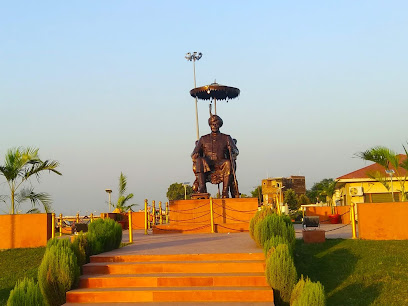
Rajender Park
Discover tranquility at Rajender Park in Jammu, a beautiful green escape perfect for relaxation, family outings, and morning exercises.
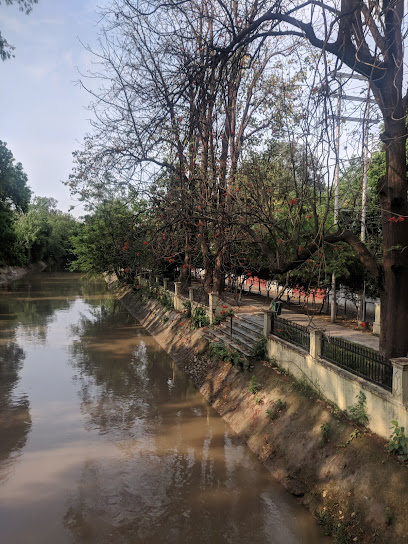
Bagh-E-Bahu
Discover the serene beauty of Bagh-E-Bahu, a lush park near Bahu Fort in Jammu, perfect for relaxation and stunning views.
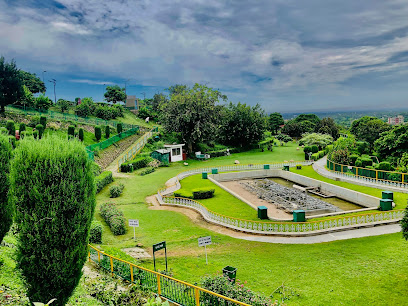
Shree Ranbireshwar Temple
Explore the divine beauty of Shree Ranbireshwar Temple in Jammu, a sacred Hindu temple renowned for its stunning architecture and spiritual significance.

Amar Mahal Museum and Library
Experience the legacy of the Dogra kings at Amar Mahal Museum and Library, a stunning blend of history, art, and French architecture in Jammu.

Maha Maya Temple
Experience spiritual tranquility and breathtaking beauty at the Maha Maya Temple, a hidden gem in Jammu and Kashmir.
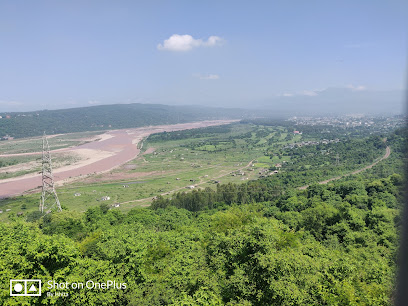
Dudhadhari Mandir
Explore the spiritual essence and architectural beauty of Dudhadhari Mandir, a must-visit Hindu temple in the heart of Jammu.

JAMBU ZOO
Explore the enchanting Jambu Zoo in Nagrota, showcasing diverse wildlife amidst a stunning natural landscape for an unforgettable family day out.
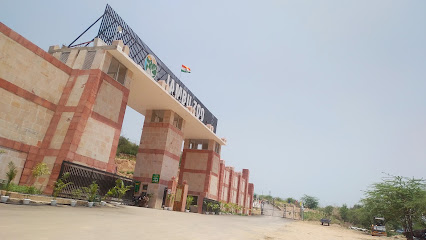
Bahu Fort Park
Explore Bahu Fort Park in Jammu: a historic park offering scenic views, lush greenery, and a peaceful escape in the heart of the city.
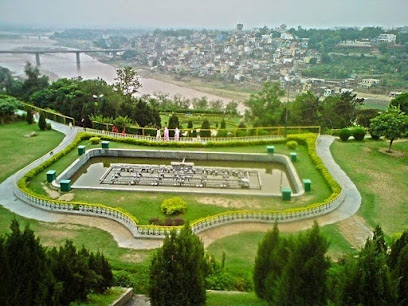
Rope way jammu
Discover breathtaking views and adventure at the Rope Way in Jammu, a must-see tourist attraction in the heart of nature's beauty.
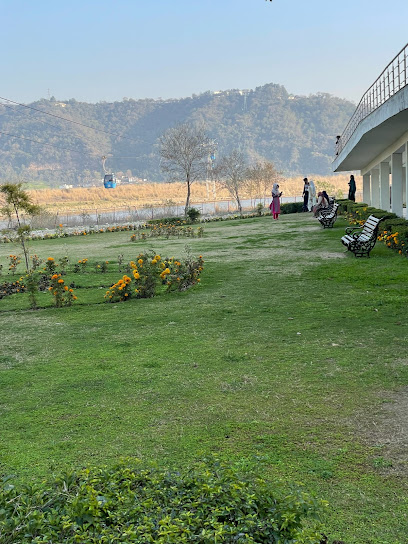
Maharaja Hari Singh Park
Discover tranquility and natural beauty at Maharaja Hari Singh Park, a serene oasis in Jammu perfect for leisurely walks and boating.
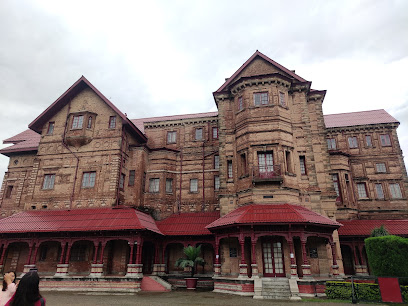
Dogra Art Museum
Explore the exquisite collection of Pahari miniatures and heritage art at the Dogra Art Museum in Jammu, a must-visit for culture lovers.
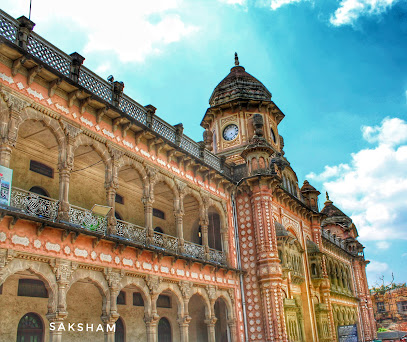
Essential places to dine
Khaana Khazana
Experience the best of North Indian and Asian cuisine at Khaana Khazana in Jammu - a must-visit for food lovers!
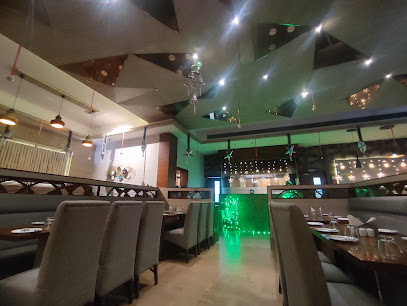
Aroma Multi Cusine Family Restaurant.
Experience delightful flavors at Aroma Multi Cuisine Family Restaurant in Jammu – perfect for families and food enthusiasts alike.

Barbeque Nation - Jammu
Experience the best of barbecue and Indian cuisine at Barbeque Nation - Jammu's ultimate buffet destination.

Pirates of Grill
Experience the ultimate barbecue buffet at Pirates of Grill in Jammu - where flavor meets fun in every bite.

Jammu Darbar
Discover the rich flavors of Kashmir at Jammu Darbar - your go-to destination for authentic shawarma and delicious fast food.
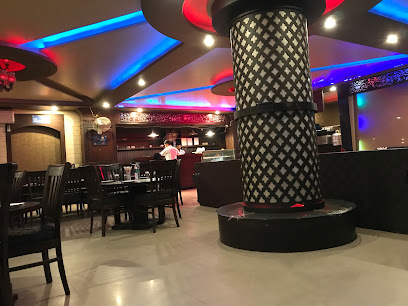
Eden - Botanic Kitchen & Bubbly
Experience culinary excellence at Eden - Botanic Kitchen & Bubbly in Jammu with diverse menus ranging from Indian to sushi in a vibrant setting.
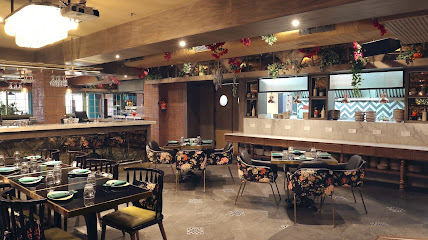
Eleven spices BUFFET / ALA CARTE | BUFFET RESTAURANT IN JAMMU | TOP RESTAURANT
Experience culinary excellence at Eleven Spices Buffet in Jammu with an extensive selection of mouthwatering dishes for every taste.
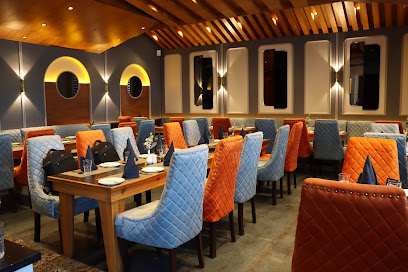
KC360° Bakery & Restaurant
Discover the culinary delights at KC360° Bakery & Restaurant in Jammu - where delicious pizza meets traditional Indian flavors.
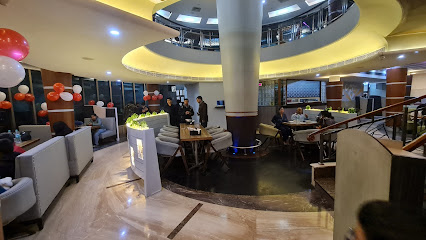
Lambad Da Dhaba
Discover authentic North Indian flavors at Lambad Da Dhaba in Jammu—where every dish tells a story.
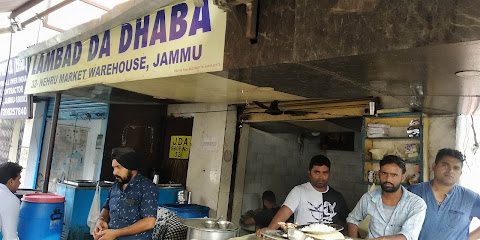
Kashmir Flavours Restaurant
Experience authentic Kashmiri cuisine at Kashmir Flavours Restaurant in Jammu – where every dish tells a story.
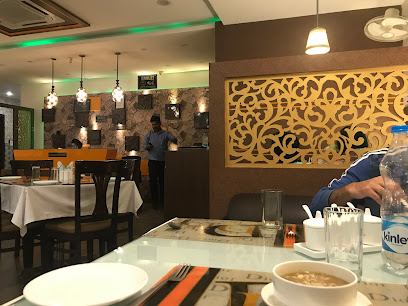
Kohinoor Restaurant - Indian Restaurant | Top Restaurants in Jammu
Discover the rich flavors of India at Kohinoor Restaurant in Jammu - where every dish tells a story.
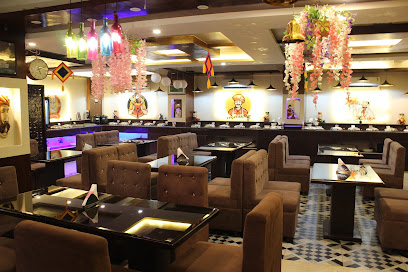
Zaika Restaurant
Discover authentic Kashmiri flavors at Zaika Restaurant in Jammu - where every meal is a celebration of tradition.
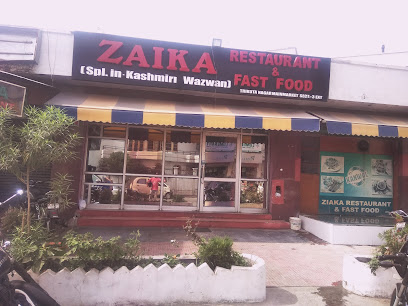
Imperial Grill Restaurant And Legends Pub
Discover culinary delights at Imperial Grill Restaurant And Legends Pub - where fine dining meets vibrant nightlife in Jammu.
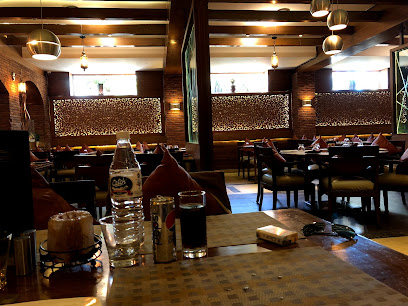
Billu Di Hatti
Discover authentic kebabs and fast food delights at Billu Di Hatti in Jammu - a must-visit culinary destination for every traveler.
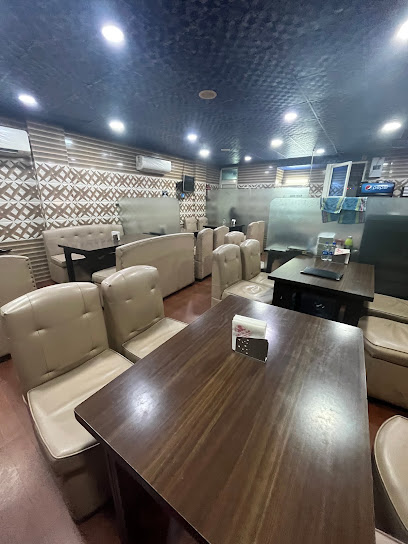
THE STREET RESTAURANT & CAFE
Discover diverse flavors at The Street Restaurant & Cafe in Jammu - where every meal tells a story.
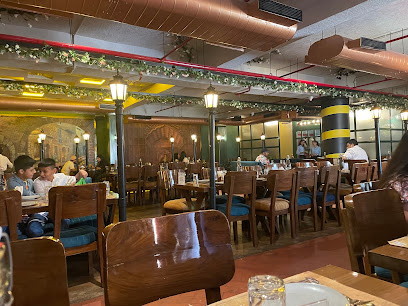
Markets, malls and hidden boutiques
SMART Bazaar
Explore the lively SMART Bazaar in Jammu for an all-in-one shopping experience, from groceries to trendy clothing, in a vibrant community hub.
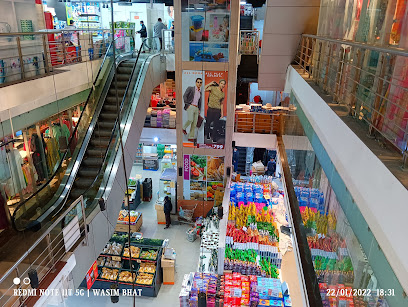
V-Mart - Jammu
Discover V-Mart in Jammu – where fashion meets convenience and affordability in a vibrant shopping atmosphere.
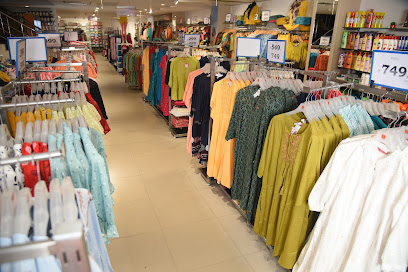
Sachdeva Square Boutique
Discover the elegance of Sachdeva Square Boutique, your premier destination for designer clothing and bridal wear in Jammu, India.
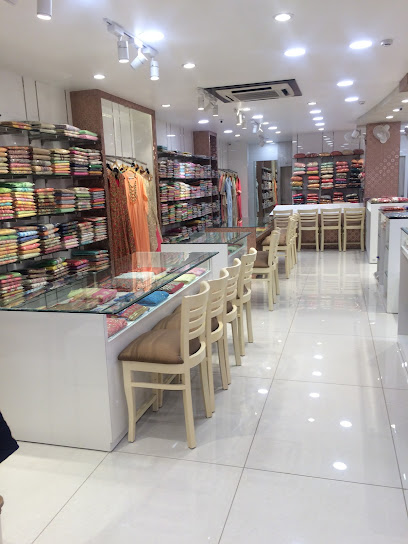
Shoppers Stop
Explore Shoppers Stop in Jammu for a diverse range of trendy clothing and accessories, perfect for every fashion enthusiast in your family.

Golden Age
Explore Golden Age in Jammu: Your ultimate destination for cosmetics, jewelry, and children's treasures.

Octagon by Sheen Outlet
Explore the Octagon by Sheen Outlet, your go-to destination for trendy clothing and accessories in Jammu's vibrant Resham Ghar Colony.
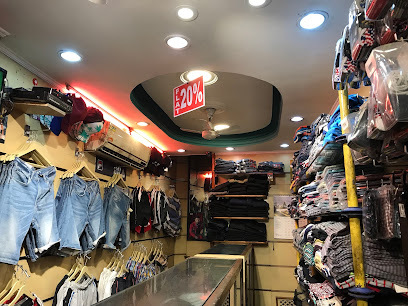
Lifestyle Stores
Lifestyle Stores in Jammu: Where Fashion Meets Variety for Every Shopper’s Delight.
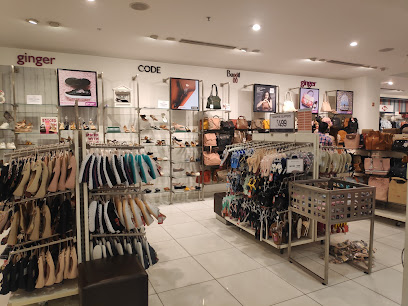
Kashmir Emporium
Discover the rich heritage of Kashmir through exquisite handicrafts and textiles at Kashmir Emporium, a shopping haven in Jammu.

Greetings The gift store Sanjay chowk
Explore the vibrant offerings of Greetings The Gift Store, where unique treasures reflect the rich culture of Jammu and Kashmir.
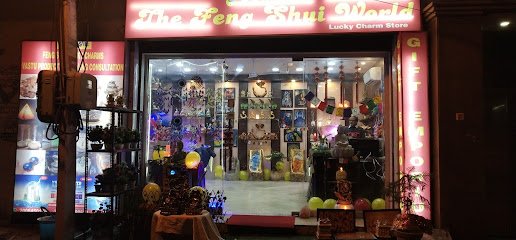
MEHAK THE BOUTIQUE
Explore MEHAK THE BOUTIQUE in Jammu for a unique selection of designer clothing that blends contemporary style with traditional elegance.
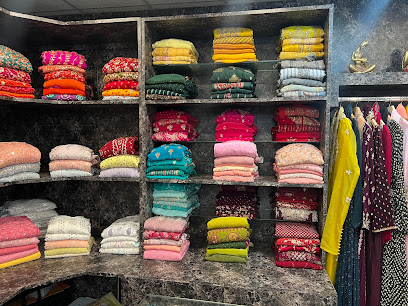
Mehak The Boutique
Shop at Mehak The Boutique in Jammu for a blend of traditional and contemporary fashion that captures the spirit of Jammu and Kashmir.
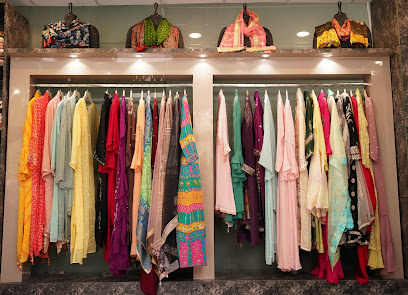
Miniso Jammu - Gift Gallery Jammu
Explore Miniso Jammu for unique gifts, trendy accessories, and an unforgettable shopping experience in the heart of Jammu.

Archies
Discover unique gifts and souvenirs at Archies in Jammu, a vibrant store celebrating Indian craftsmanship and creativity.
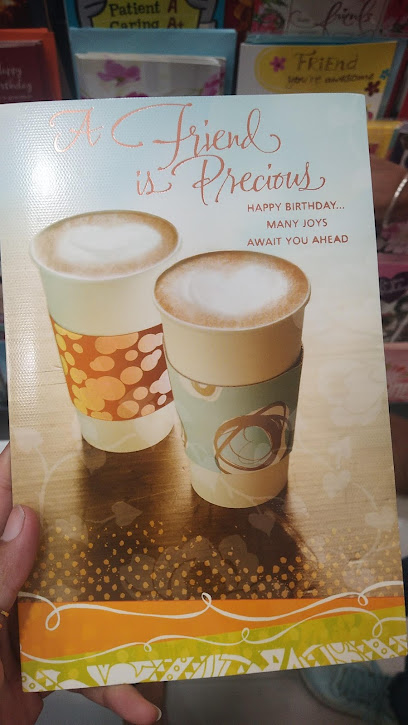
Kashmir Art Emporium
Explore the exquisite craftsmanship of Kashmir Art Emporium in Jammu, where tradition meets elegance in every piece of clothing.
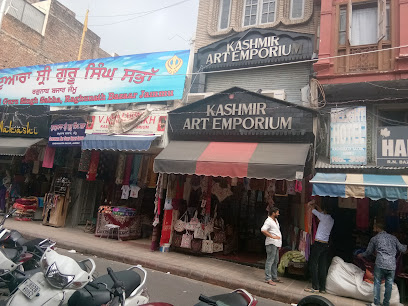
Lawn Hub Boutique
Explore the finest traditional and contemporary fashion at Lawn Hub Boutique in Jammu, where elegance meets craftsmanship.
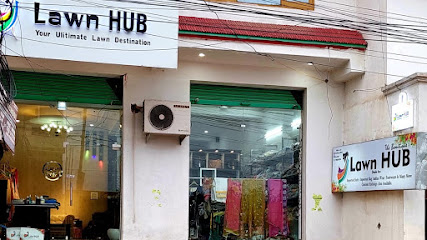
Essential bars & hidden hideouts
The Grandstand (Restaurant & Sports Bar)
Experience the perfect blend of cuisine and entertainment at The Grandstand, Jammu’s premier sports bar and restaurant.
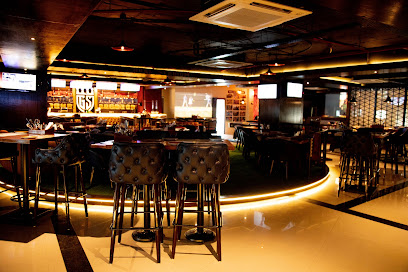
Nox Cafe & Bar
Experience the vibrant atmosphere of Nox Cafe & Bar in Jammu, where delicious cuisine meets creative cocktails and lively entertainment.
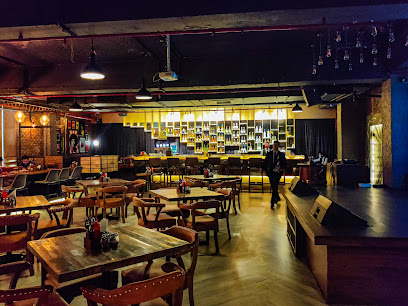
Ministry of Bar (MOB) - Lounge Bar in Jammu
Discover Jammu's nightlife at Ministry of Bar, a stylish lounge bar offering exquisite drinks and vibrant ambiance for an unforgettable experience.
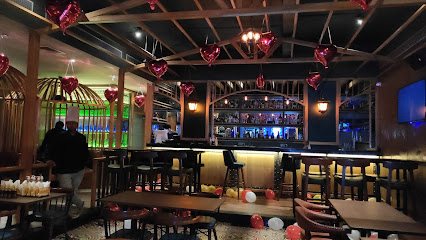
Red Chilly Bar & Restaurant
Experience the vibrant culinary scene of Jammu at Red Chilly Bar & Restaurant, where delicious grilled dishes meet a lively bar atmosphere.
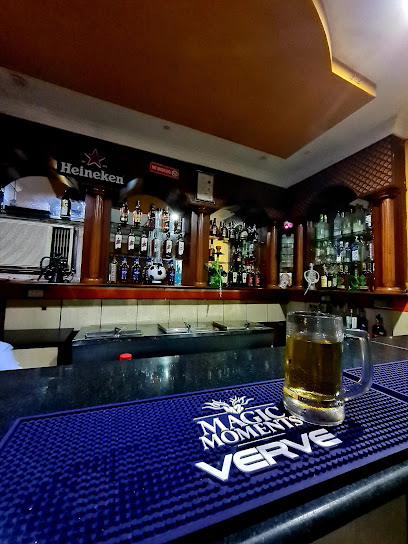
Manu Bar & Restaurant .
Experience the best of grilled cuisine and vibrant nightlife at Manu Bar & Restaurant in Jammu, where every meal is a celebration of flavor.

Sahil Bar and Restaurant
Discover a culinary oasis at Sahil Bar and Restaurant, where grill specialties and refreshing drinks await in the heart of Jammu.
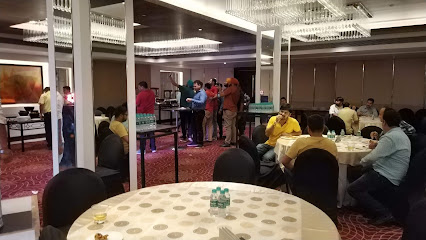
IGNITE & BAILEYS LOUNGE
Ignite & Baileys Lounge: Your go-to bar and café in Jammu for refreshing drinks and a relaxing atmosphere.
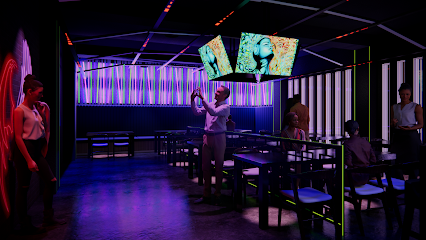
Season Bar & Restaurant
Discover the culinary delights of Jammu at Season Bar & Restaurant, where grilled dishes and refreshing drinks await you in a lively atmosphere.
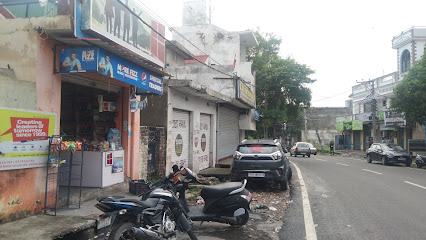
Polo Bar
Experience the luxurious Polo Bar in Hari Niwas Palace, offering exquisite drinks and a serene atmosphere in Jammu Tawi.
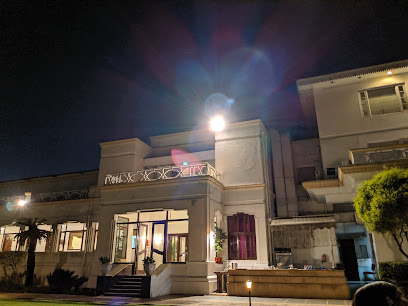
SIM DIP BAR
Experience the vibrant atmosphere and delightful beverages at Sim Dip Bar, Jammu's local hotspot for relaxation and socializing.

Ashoka Bar And Restaurant
Discover the taste of Jammu at Ashoka Bar and Restaurant, where grilled delights meet a vibrant atmosphere in the heart of the Old Heritage City.
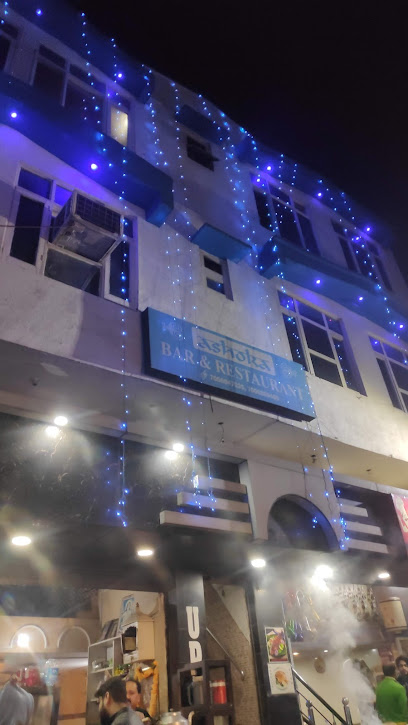
Heaven Bar and Restaurant
Discover culinary delights at Heaven Bar and Restaurant, a vibrant grill spot in Jammu, perfect for food lovers seeking a memorable dining experience.

Bar hotal india pride
Experience vibrant nightlife at Bar Hotal India Pride in Jammu, where delicious drinks meet a lively atmosphere near the historic Municipal Market.
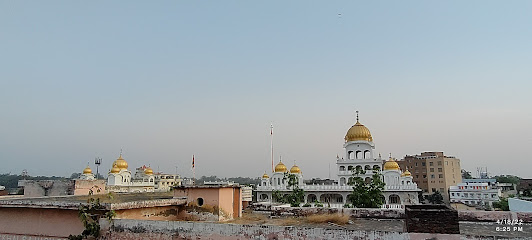
Aabshar Bar
Experience the vibrant nightlife at Aabshar Bar in Jammu, where modern ambiance meets traditional charm and exceptional drinks await.
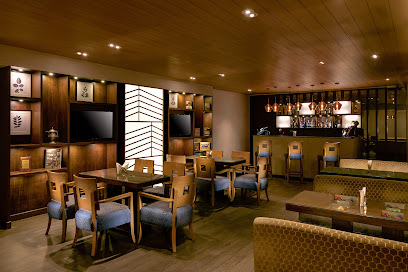
Glory Bar & Restaurant
Discover the vibrant culinary scene at Glory Bar & Restaurant, where delicious food meets lively atmosphere in Jammu.

Local Phrases
-
- Helloनमस्ते
[Namaste] - Goodbyeअलविदा
[Alvida] - Yesहाँ
[Haan] - Noनहीं
[Nahi] - Please/You're welcomeकृपया
[Kripya] - Thank youधन्यवाद
[Dhanyavad] - Excuse me/Sorryमाफ़ कीजिए
[Maaf kijiye] - How are you?आप कैसे हैं?
[Aap kaise hain?] - Fine. And you?ठीक हूँ। और आप?
[Theek hoon. Aur aap?] - Do you speak English?क्या आप अंग्रेज़ी बोलते हैं?
[Kya aap angrezi bolte hain?] - I don't understandमुझे समझ में नहीं आया
[Mujhe samajh mein nahi aaya]
- Helloनमस्ते
-
- I'd like to see the menu, pleaseकृपया मेनू दिखाइए
[Kripya menu dikhaiye] - I don't eat meatमैं मांस नहीं खाता
[Main maans nahi khaata] - Cheers!चियर्स!
[Cheers!] - I would like to pay, pleaseकृपया मैं भुगतान करना चाहूँ
[Kripya main bhugtan karna chaahun]
- I'd like to see the menu, pleaseकृपया मेनू दिखाइए
-
- Help!बचाओ!
[Bachao!] - Go away!चले जाओ!
[Chale jao!] - Call the Police!पुलिस को बुलाओ!
[Police ko bulao!] - Call a doctor!डॉक्टर को बुलाओ!
[Doctor ko bulao!] - I'm lostमैं खो गया/गई हूँ
[Main kho gaya/gayi hoon] - I'm illमुझे बीमारी है
[Mujhe bimari hai]
- Help!बचाओ!
-
- I'd like to buy...मैं खरीदना चाहूँगा/चाहूँगी
[Main khareedna chaahunga/chaahungi] - I'm just lookingमैं सिर्फ देख रहा हूँ/रही हूँ
[Main sirf dekh raha hoon/rahi hoon] - How much is it?यह कितने का है?
[Yeh kitne ka hai?] - That's too expensiveयह बहुत महंगा है
[Yeh bahut mehnga hai] - Can you lower the price?क्या आप कीमत कम कर सकते हैं?
[Kya aap keemat kam kar sakte hain?]
- I'd like to buy...मैं खरीदना चाहूँगा/चाहूँगी
-
- What time is it?समय क्या है?
[Samay kya hai?] - It's one o'clockएक बजे हैं
[Ek baje hain] - Half past (10)दस बजे तक
[Das baje tak] - Morningसुबह
[Subah] - Afternoonदोपहर
[Dopahar] - Eveningशाम
[Shaam] - Yesterdayकल
[Kal] - Todayआज
[Aaj] - Tomorrowकल
[Kal] - 1एक
[Ek] - 2दो
[Do] - 3तीन
[Teen] - 4चार
[Char] - 5पांच
[Paanch] - 6छह
[Chhah] - 7सात
[Saat] - 8आठ
[Aath] - 9नौ
[Nau] - 10दस
[Das]
- What time is it?समय क्या है?
-
- Where's a/the...?कहाँ है...?
[Kahan hai...?] - What's the address?पता क्या है?
[Pata kya hai?] - Can you show me (on the map)?क्या आप मुझे दिखा सकते हैं (नक्शे पर)?
[Kya aap mujhe dikha sakte hain (naksha par)?] - When's the next (bus)?अगली (बस) कब है?
[Agli (bas) kab hai?] - A ticket (to ....)एक टिकट (के लिए ....)
[Ek ticket (ke liye ....)]
- Where's a/the...?कहाँ है...?
History of Jammu
-
Jammu, often referred to as the 'City of Temples', has a history dating back to ancient times. The region finds mention in the epic Mahabharata, where it is believed to have been a part of the kingdom of Madra. Archaeological evidence suggests that Jammu was a prominent settlement during the Harappan and later Vedic periods.
-
In the early centuries AD, Jammu was ruled by the Naga dynasty. The Nagas were known for their patronage of Hindu temples and culture. The famous Bahu Fort, which stands atop a hill overlooking the Tawi River, is believed to have been originally built by Raja Bahulochan, a Naga ruler.
-
In the 14th century, Jammu came under the influence of the Delhi Sultanate. The region saw the establishment of Muslim rule with the arrival of Timur in 1398, which led to a significant cultural and demographic shift. The Mughal Empire later incorporated Jammu into its vast territory, and the city became known for its strategic importance and trade routes.
-
The Dogra dynasty left an indelible mark on Jammu's history. In the early 19th century, Maharaja Gulab Singh established Dogra rule in Jammu after the decline of the Sikh Empire. Under Dogra rule, Jammu saw significant architectural and cultural development, including the construction of the Raghunath Temple, Mubarak Mandi Palace, and Bahu Fort's renovation.
-
Jammu became a princely state under British suzerainty in the mid-19th century. The British recognized Maharaja Gulab Singh as the ruler of Jammu and Kashmir after the First Anglo-Sikh War. This period saw the modernization of infrastructure, including the introduction of railways and improved road networks, which facilitated trade and communication.
-
Following India's independence in 1947, the princely state of Jammu and Kashmir faced significant political turmoil. Maharaja Hari Singh's decision to accede to India led to the first Indo-Pak war. Jammu, as part of the state of Jammu and Kashmir, became a focal point of political and military activities. The region witnessed an influx of refugees and underwent substantial demographic changes.
-
Jammu is renowned for its rich cultural heritage, including its temples, palaces, and festivals. The annual Amarnath Yatra, the Vaishno Devi pilgrimage, and the Lohri festival are significant cultural events that attract visitors from across the country. The city's vibrant handicrafts, traditional Dogra cuisine, and folk music and dance forms reflect its diverse cultural landscape.
Jammu Essentials
-
Jammu is well-connected by air, rail, and road. The Jammu Airport (Satwari Airport) has regular flights connecting it to major cities like Delhi, Mumbai, and Srinagar. Jammu Tawi Railway Station is one of the major railheads in Northern India, with trains arriving from various parts of the country. By road, Jammu is accessible via National Highway 44, and regular bus services are available from neighboring states and cities.
-
Within Jammu, local transportation options include auto-rickshaws, cycle-rickshaws, and taxis. App-based cab services like Uber and Ola are also available. City buses operated by Jammu and Kashmir State Road Transport Corporation (JKSRTC) cover various routes within the city. For exploring nearby areas, renting a car or hiring a private taxi could be a convenient option.
-
The official currency in Jammu is the Indian Rupee (INR). Credit and debit cards are widely accepted in hotels, restaurants, and larger stores. However, it is advisable to carry some cash for smaller establishments and markets. ATMs are readily available throughout the city.
-
Jammu is generally safe for tourists, but it's important to stay cautious. Avoid isolated areas, especially after dark. Areas like Gujjar Nagar and some parts of Old City have seen higher crime rates, so exercise extra caution. Always keep your belongings secure and be wary of pickpockets in crowded places.
-
In case of an emergency, dial 100 for police assistance, 101 for fire services, and 102 for medical emergencies. Local hospitals like Government Medical College Hospital and SMGS Hospital are equipped to handle emergencies. Make sure you have travel insurance that covers medical emergencies, and keep a list of emergency contacts handy.
-
Fashion: Do dress modestly, especially when visiting religious sites. Avoid wearing revealing clothing. Religion: Do respect local customs and traditions. Remove your shoes before entering temples and cover your head if required. Public Transport: Do be respectful and give up your seat to elderly passengers. Don’t eat or drink on public transport. Greetings: Do greet people with a handshake or a slight nod. Namaste with folded hands is also a common form of greeting. Eating & Drinking: Do try local cuisines like Rogan Josh and Dum Aloo. Don’t refuse food offerings as it is considered impolite. Avoid drinking tap water; always opt for bottled water.
-
To experience Jammu like a local, visit the Raghunath Bazaar for traditional crafts and souvenirs. Engage with the locals, who are generally friendly and welcoming. Don’t miss the Bahu Fort and the Mubarak Mandi Palace for a taste of local history. Try to visit during festivals like Navratri to witness the city’s vibrant culture and traditions.
Nearby Cities to Jammu
-
Things To Do in Sialkot
-
Things To Do in Gujranwala
-
Things To Do in Amritsar
-
Things To Do in Lahore
-
Things To Do in Murree
-
Things To Do in Rawalpindi
-
Things To Do in Islamabad
-
Things To Do in Faisalabad
-
Things To Do in Abbottabad
-
Things To Do in Manali
-
Things To Do in Kaghan
-
Things To Do in Naran
-
Things To Do in Shimla
-
Things To Do in Skardu
-
Things To Do in Leh

